In episode 2 of Range Anxiety – the diary of an EV newbie – GARY STEEL finds that his EV is literally stuck to the pump.
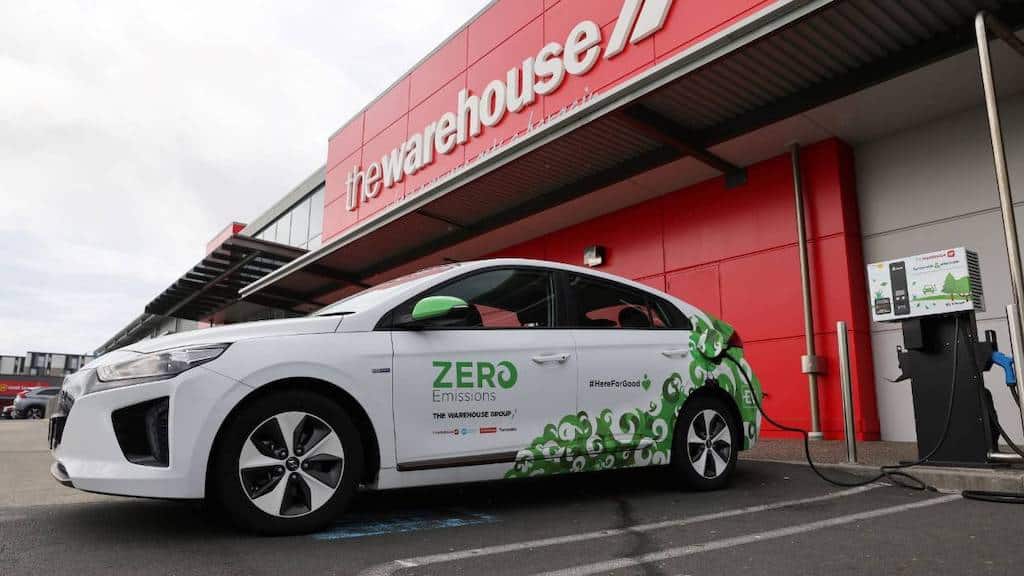 Just when I’d had my Nissan Leaf long enough to start to feel comfortable with a regular fast-charging routine outside The Warehouse at Whangarei’s Okara Park shopping centre, disaster struck.
Just when I’d had my Nissan Leaf long enough to start to feel comfortable with a regular fast-charging routine outside The Warehouse at Whangarei’s Okara Park shopping centre, disaster struck.
From the moment I plugged the CHAdeMO charger into my EV, I felt that there was something wrong. The pulsing blue lights on my dash told me that the charge was being received, but when I looked at the ChargeNet app it said ‘no active sessions’. With a rising sense of anxiety (yep, that word again) I instructed the app to charge the vehicle, but it still refused to show a session, and would invariably flick back to show that it wasn’t being charged.
Would you like to support our mission to bring intelligence, insight and great writing to entertainment journalism? Help to pay for the coffee that keeps our brains working and fingers typing just for you. Witchdoctor, entertainment for grownups. Riveting writing on music, tech, hi-fi, music, film, TV and other cool stuff. Your one-off (or monthly) $5 or $10 donation will support Witchdoctor.co.nz. and help us keep producing quality content. It’s really easy to donate, just click the ‘Become a supporter’ button below.
Believing those pulsing blue lights over a mere smartphone app I waited a respectable 20 minutes or so before contemplating ending the supposedly non-existent session. We usually just need a top-up to safely get back over the hills from Whangarei to Dargaville, so it’s not a long process even at the lower, slower 25kwh free charging stations.
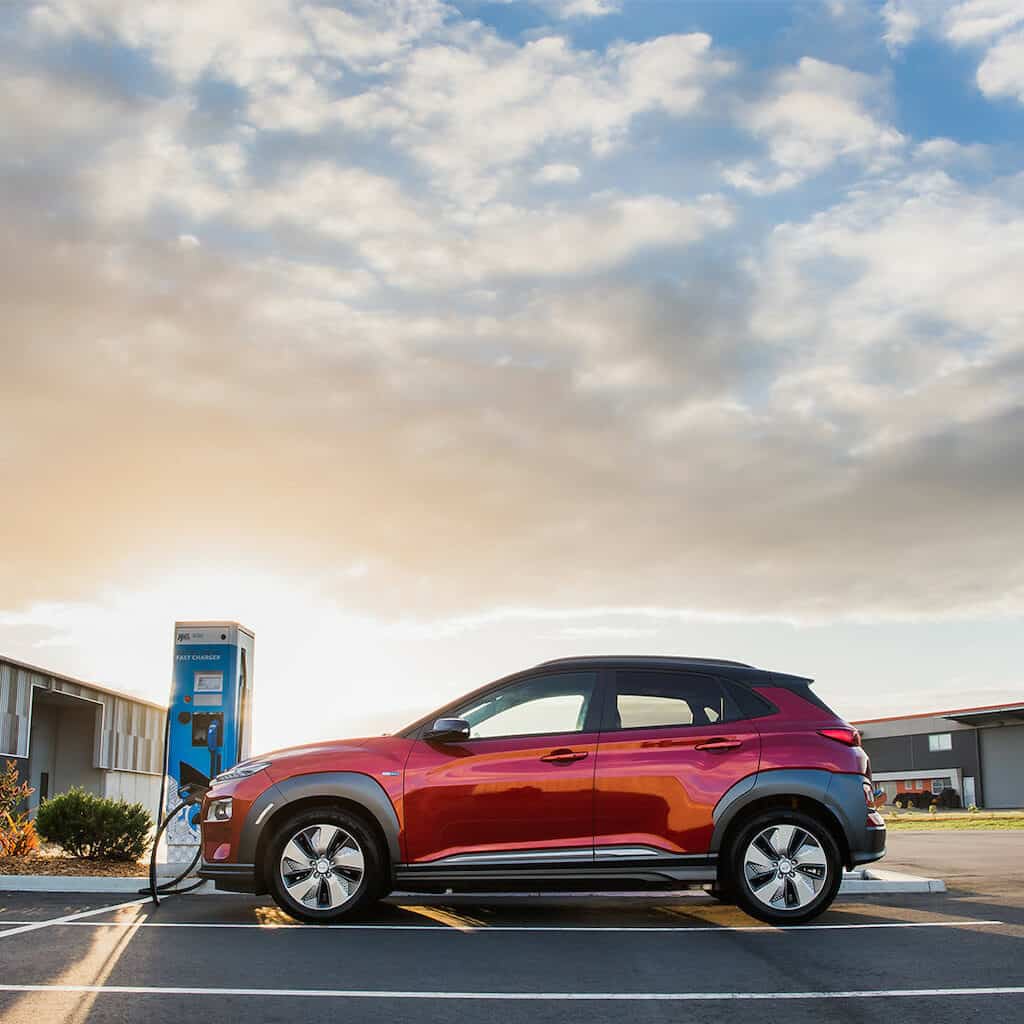 Not wanting to yank out the CHAdeMO while the car was still charging I figured that the best way of stopping the charge would be to push ‘stop’ on the fast charging machine. After some seconds of squinting unsuccessfully at the tiny black and white LED display in the sun, I retrieved my glasses and did just that. But it didn’t work. The car kept charging. Having exhausted all other options, I then tried to disengage the charger from the car. IT WOULDN’T BUDGE. I tried every procedure I could think of to get the plug to loosen its grip on the car. Nothing worked.
Not wanting to yank out the CHAdeMO while the car was still charging I figured that the best way of stopping the charge would be to push ‘stop’ on the fast charging machine. After some seconds of squinting unsuccessfully at the tiny black and white LED display in the sun, I retrieved my glasses and did just that. But it didn’t work. The car kept charging. Having exhausted all other options, I then tried to disengage the charger from the car. IT WOULDN’T BUDGE. I tried every procedure I could think of to get the plug to loosen its grip on the car. Nothing worked.
At this point, I rang the ChargeNet help number on the machine and got a young woman who at first seemed to doubt the authenticity of my call. She seemed not to have this particular fast charger on her list. After I had clearly explained my dilemma, she robotically went through a list of ‘to-dos’, all of which I had already tried several times. But on her urging, I tried them again anyway. Briefly, a male colleague of hers came on and asked me to carry out the same procedure again. When I politely pointed out that I had already tried this unsuccessfully several times, the phone went dead.
By now, my wife had arrived and she tried to get the damn thing off without success. We’d left plenty of leeway to charge and get back to Dargaville in time to pick the 3-year-old up from kindy, but that time was now running out. So while I ducked into The Warehouse to see whether anyone there knew a way to disengage the charger, she called a dear friend who kindly picked our child up and delivered him home. (Phew!)
 Having had an episode of atrial fibrillation that put me in hospital for a night over New Year, I was at this moment concerned that the sheer stress/frustration of this situation might have a calamitous result. Thankfully, help was just around the bend. When I asked the woman at the customer/returns desk at The Warehouse, she had no idea about the EV charger, but casually suggested that I might ask the security guard standing at the door. This seemed unlikely, but I explained the situation to this chap, who gave a big sigh and strode out to the charger.
Having had an episode of atrial fibrillation that put me in hospital for a night over New Year, I was at this moment concerned that the sheer stress/frustration of this situation might have a calamitous result. Thankfully, help was just around the bend. When I asked the woman at the customer/returns desk at The Warehouse, she had no idea about the EV charger, but casually suggested that I might ask the security guard standing at the door. This seemed unlikely, but I explained the situation to this chap, who gave a big sigh and strode out to the charger.
At first, I thought it was going to be groundhog day as the security guard insisted on going through the previously tried (and failed) procedures. When he’d determined that the plug was indeed still stuck fast, he went around to one side of the machine and turned an unmarked knob. Eureka!!! We were free!!! I had never been more relieved or grateful. If he’d asked me for my firstborn at that moment I may have complied.
He explained that it was a kind of reset button and that they don’t tell people about it because it should only be used in emergencies. Meanwhile, the machine had continued to charge the car way past its usual capacity. The “guessometer” read approximately 150kms, where usually on a trickle-charge it’ll only charge to 122kms.
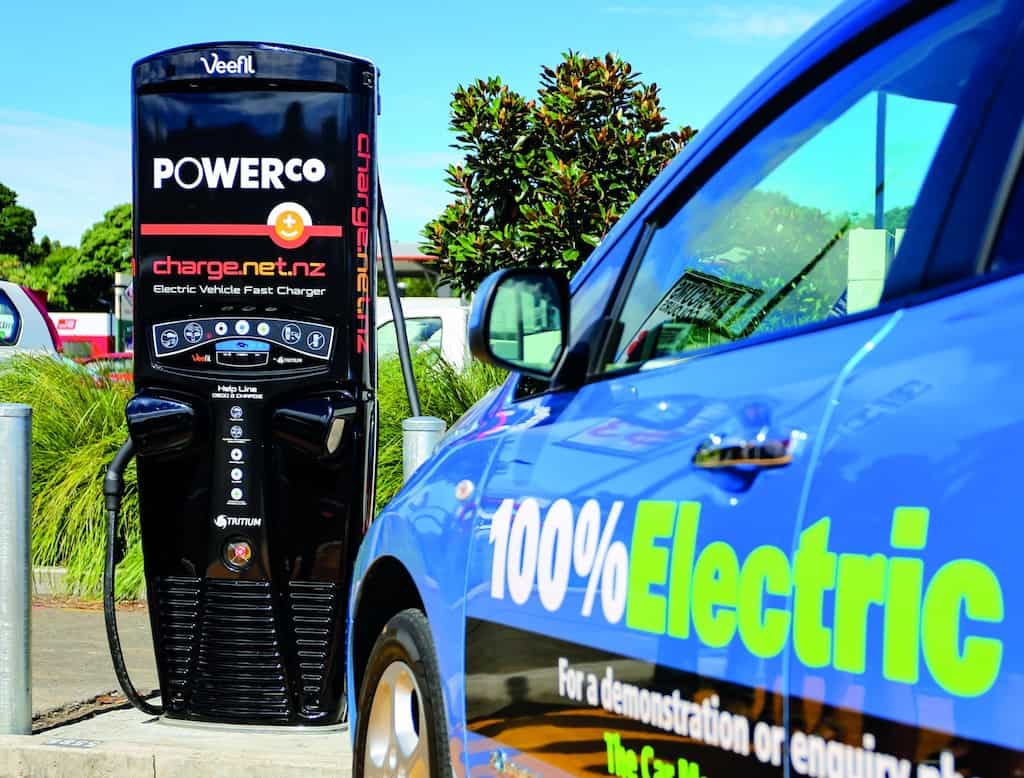 We were still in shock on our way home. What if no one had been able to help us? Would we have been stuck there all night? Who else could we have asked for help? I’ve never had a petrol nozzle stuck down the fuel hole in a lifetime of driving and it had never occurred to me that it was even possible.
We were still in shock on our way home. What if no one had been able to help us? Would we have been stuck there all night? Who else could we have asked for help? I’ve never had a petrol nozzle stuck down the fuel hole in a lifetime of driving and it had never occurred to me that it was even possible.
After I went on the NZ Nissan Leaf Facebook group explaining what had happened, the next morning I got a very apologetic call from someone at ChargeNet, explaining that she’d listened to a recording of the conversation of my call and that the response was appalling and that the person responsible had been stood down pending some kind of retraining procedure. (If only all companies were as responsive to issues like this as ChargeNet. Good on you for being so proactive).
I asked her if the chargers were owned by The Warehouse or ChargeNet, and she said they were owned by The Warehouse but administered by ChargeNet, which means that the Red Shed pays ChargeNet to take care of the chargers. While most of the conversation was about the hopeless ‘help desk’ conversation of the previous day, we did get onto the various complexities and issues involved in the network of fast chargers, and she admitted that because they’re still a comparatively new thing that many of the problems that are arising are typical of ‘early adopter’ technologies. In other words, those of us who have taken on EVs while most of NZ is still driving gas-guzzling SUVs are paying the price in terms of inconvenience for the myriad of (mostly small) issues that arise in newfangled things.
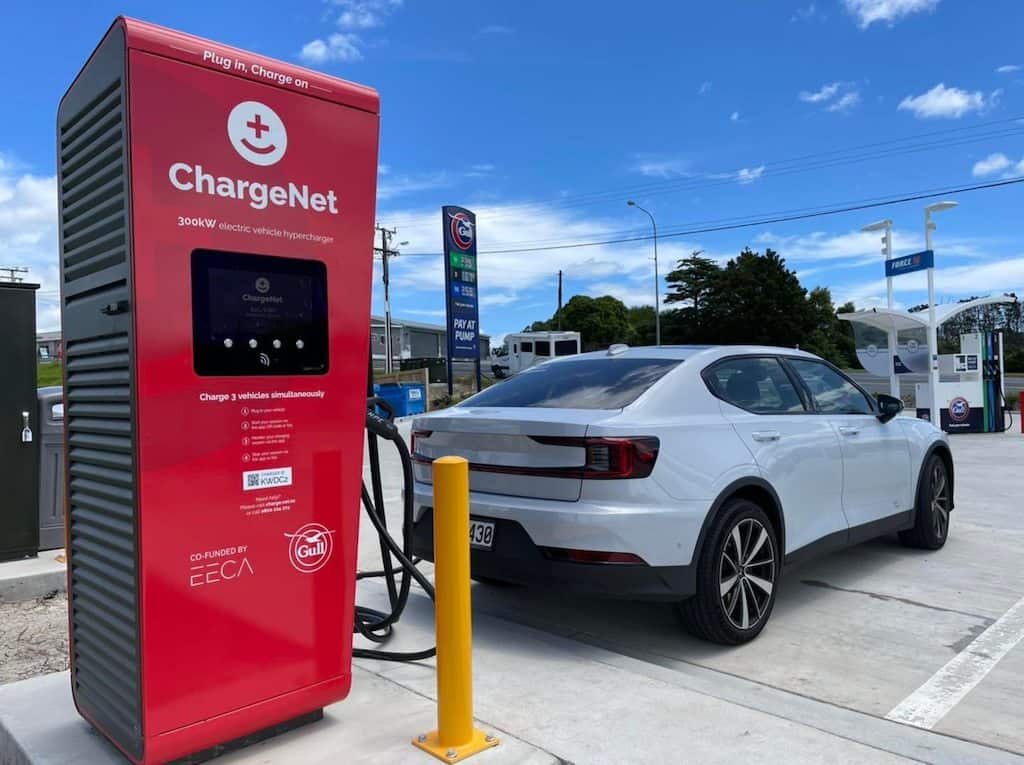 Obviously, easily the biggest potential issue is going to be whether the roll-out of chargers can keep pace with the number of EVs being purchased. A friend in Arizona recently told me about a half-mile queue for chargers there because EV take-up had been so much more than the available chargers. Presumably, the distance cars need to travel to get from ‘a’ to ‘be’ in a massive chunk of land like the States also presents challenges.
Obviously, easily the biggest potential issue is going to be whether the roll-out of chargers can keep pace with the number of EVs being purchased. A friend in Arizona recently told me about a half-mile queue for chargers there because EV take-up had been so much more than the available chargers. Presumably, the distance cars need to travel to get from ‘a’ to ‘be’ in a massive chunk of land like the States also presents challenges.
But there are lots of idiosyncracies about fast chargers that I’m sure companies like ChargeNet should have been able to anticipate. Small but significant issues include the fact that the fast chargers are not standardised, which means that if you’re travelling a distance with the family on board and you turn up at the only available charger and it’s completely foreign to you, then you’ve got a bunch of figuring out to do just to be able to use it. This just seems stupid. Uniformity is clearly what the doctor ordered when it comes to fast chargers!
Clearly, going forward, ChargeNet (and whoever administers the non-ChargeNet fast chargers) needs to inform the public about the emergency release knob, or whatever it’s called. After my post on the local Leaf Facebook page, quite a few people have come forward to say they’ve experienced similar issues. Sorting out help staff to give the right instructions is one thing, but EV drivers need to be very clearly armoured with all the information they need to be able to disengage from a stuck charger, including where the emergency release button is and how to use it.
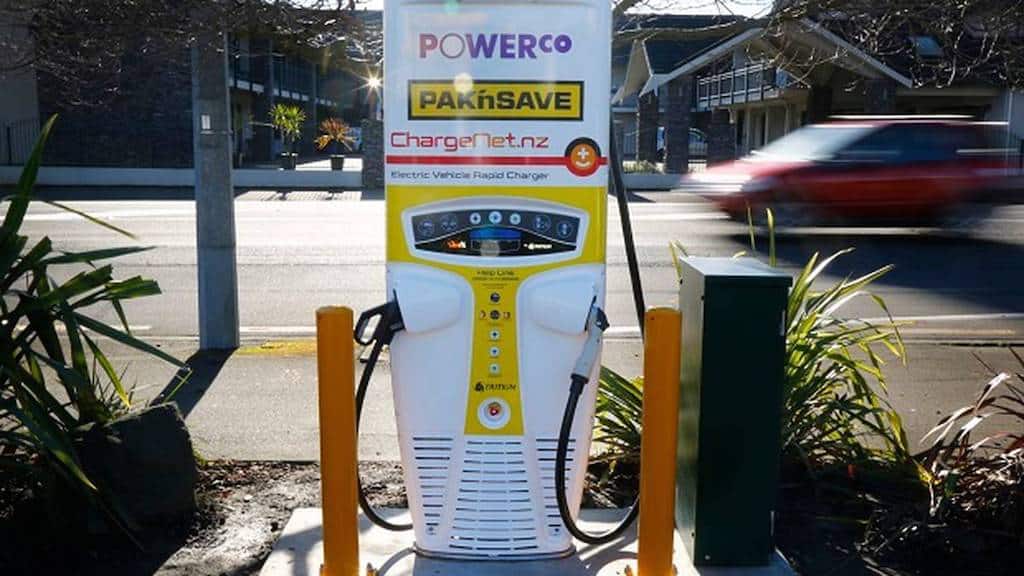 There’s this awful tendency in NZ not to explain stuff clearly, or in enough detail. Even with the RFID fobs that ChargeNet sells to make the charging process easier (rather than necessarily having to rely on the app) they explain what’s available but stop short of explaining how you actually use the damn things. Anyone under 30 might know how to do this intuitively, but my first thought was: “What exactly do I have to do with this thing? Is it like a scanner? If so, where do I scan it?”
There’s this awful tendency in NZ not to explain stuff clearly, or in enough detail. Even with the RFID fobs that ChargeNet sells to make the charging process easier (rather than necessarily having to rely on the app) they explain what’s available but stop short of explaining how you actually use the damn things. Anyone under 30 might know how to do this intuitively, but my first thought was: “What exactly do I have to do with this thing? Is it like a scanner? If so, where do I scan it?”
ChargeNet also needs to decide on a plan of action to deal with those selfish pricks who leave their car not just until it’s finished charging but for ages afterwards, thereby denying the next person in line the chance to charge in good time. I read somewhere that there’s a trial at one fast charger in Auckland to have an automatic text go to people when their vehicle has finished charging, and a penalty fee if they stay longer than 10 minutes afterwards. This is a great and necessary idea. While most of us are responsible and care enough about the next person in line to move straight after charging, there are always those fuckwits who ruin it for everybody.
What the fast charging network needs is a system that runs efficiently and with as few glitches as possible. Going by the experience of other users there are frequent fast charger breakdowns, which means that in rural areas where they’re fewer and farther between, huge issues can arise. I ran into a “tradie” EV owner at a fast charger the other day who said that buying an EV had been a mistake and that it just wasn’t practical. His work took him around the East Coast from Matakana up to Whangarei and he talked about the time he’d wasted in a day trying to find a machine that wasn’t broken and then, of course, waiting again for it to charge.
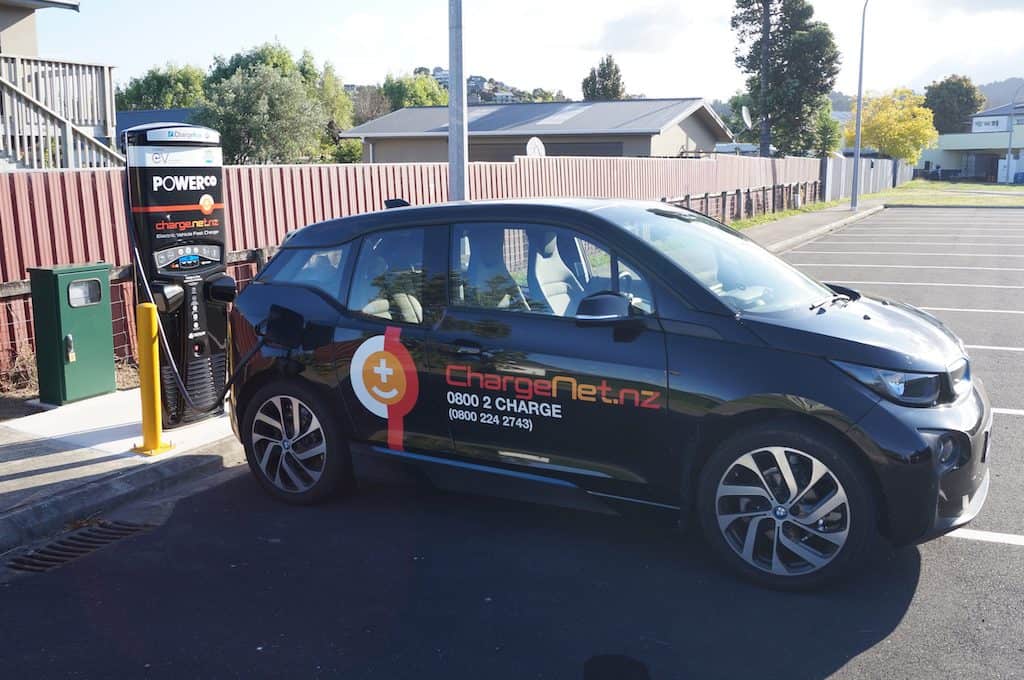 There might have been more to that story, and my guess is that had he the cash to purchase an EV with a good range so that he was mostly able to trickle-charge at home, then it may have been workable. But then again, I’m in a similar boat. I love my Leaf but we emptied our bank account to get an EV that won’t even get us from Dargaville to Whangarei and back on a charge. So despite the government incentives, the price of EVs is clinging stubbornly to a similar amount to what they were prior to the incentives, and out of the reach of many.
There might have been more to that story, and my guess is that had he the cash to purchase an EV with a good range so that he was mostly able to trickle-charge at home, then it may have been workable. But then again, I’m in a similar boat. I love my Leaf but we emptied our bank account to get an EV that won’t even get us from Dargaville to Whangarei and back on a charge. So despite the government incentives, the price of EVs is clinging stubbornly to a similar amount to what they were prior to the incentives, and out of the reach of many.
We even tried applying for one of our bank’s 1-per cent interest “green” loans to get an EV with a bigger range but got turned down, despite having our mortgage with the bank along with a clean 14-year history, so we’re stuck with a second car that’s a gas-guzzling monster instead of one really good EV that will save us heaps (and be good for the environment) over time.
The one constant with EVs is that over the next few decades they’re going to evolve in ways we probably don’t even quite appreciate at the moment. Despite the issues I’ve outlined, I love my Leaf. It’s a joy to drive and every time I do so I’m aware of the savings I’m making, along with the pollution I’m not causing.


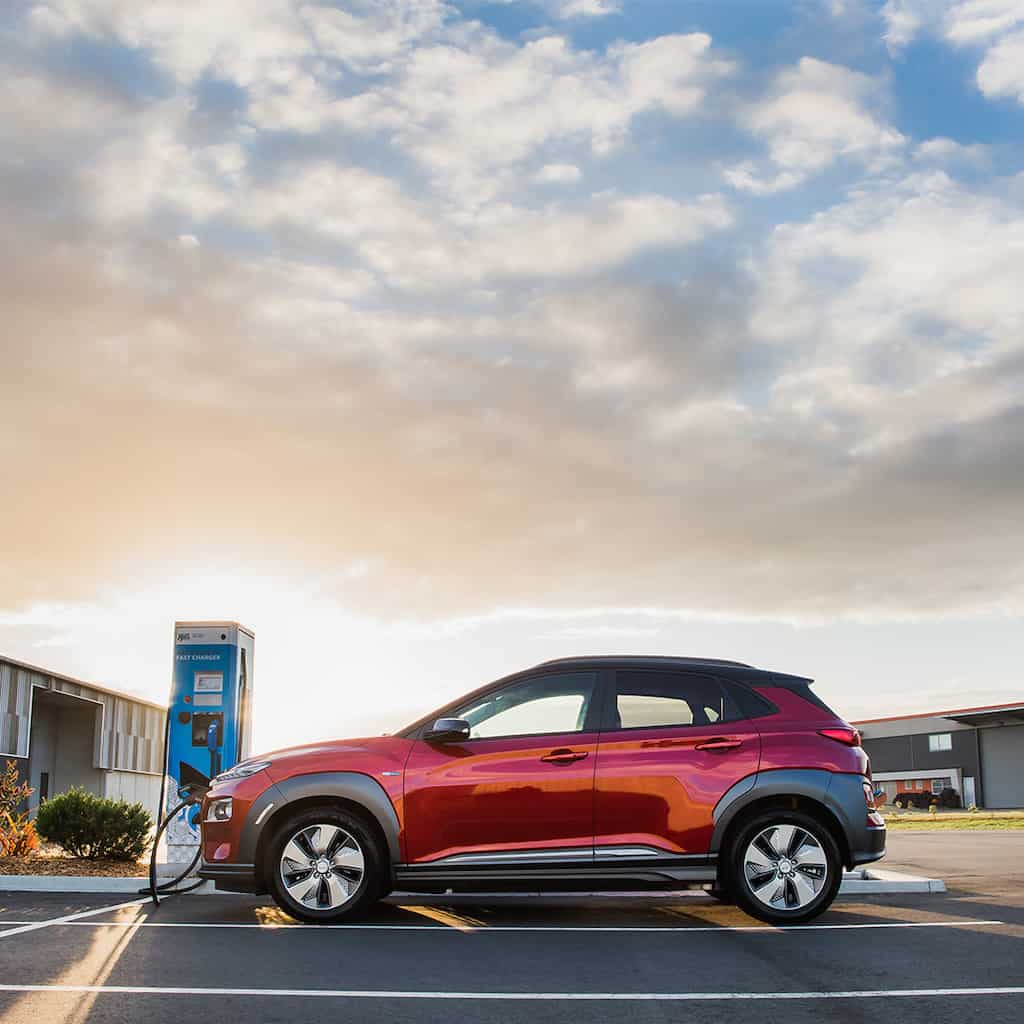










Good way to scare even more people off buying one!